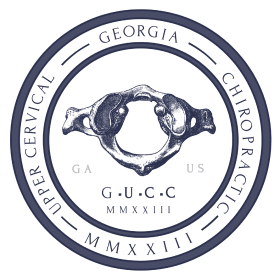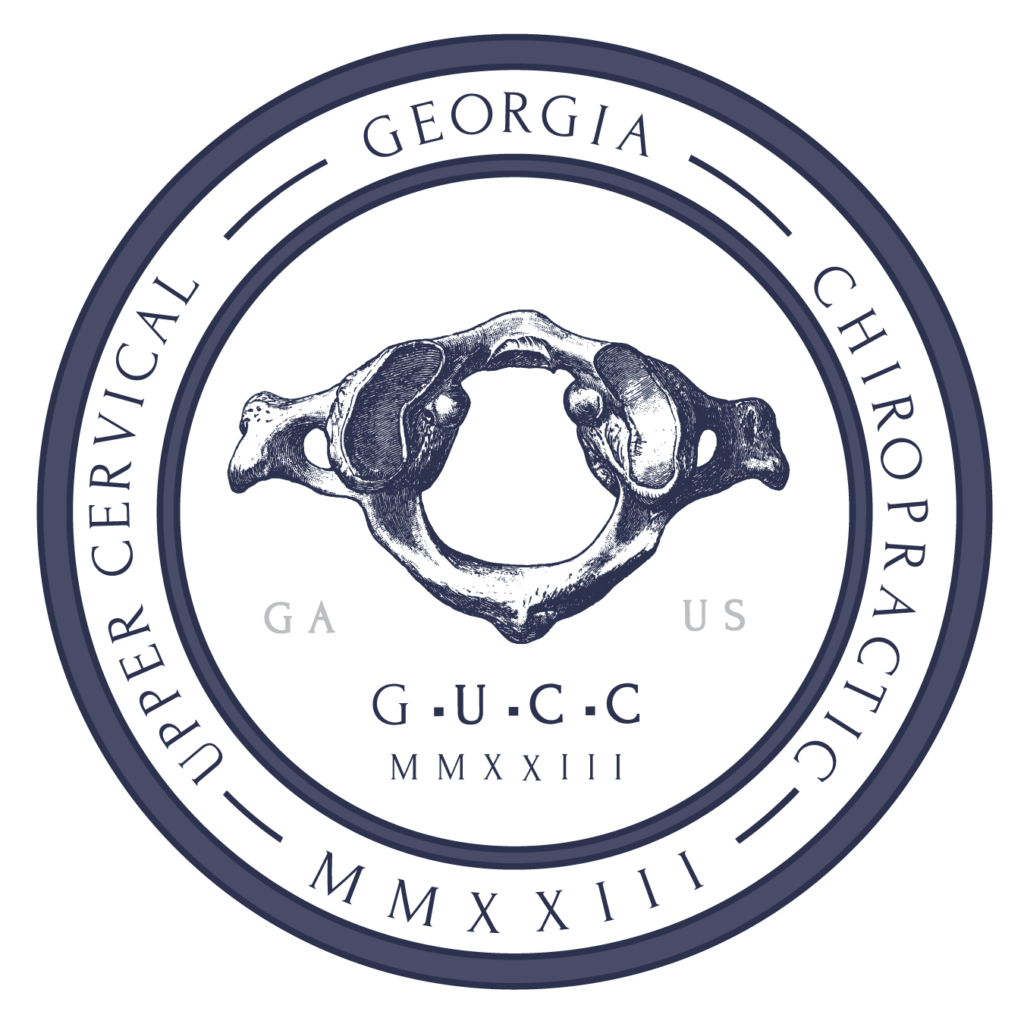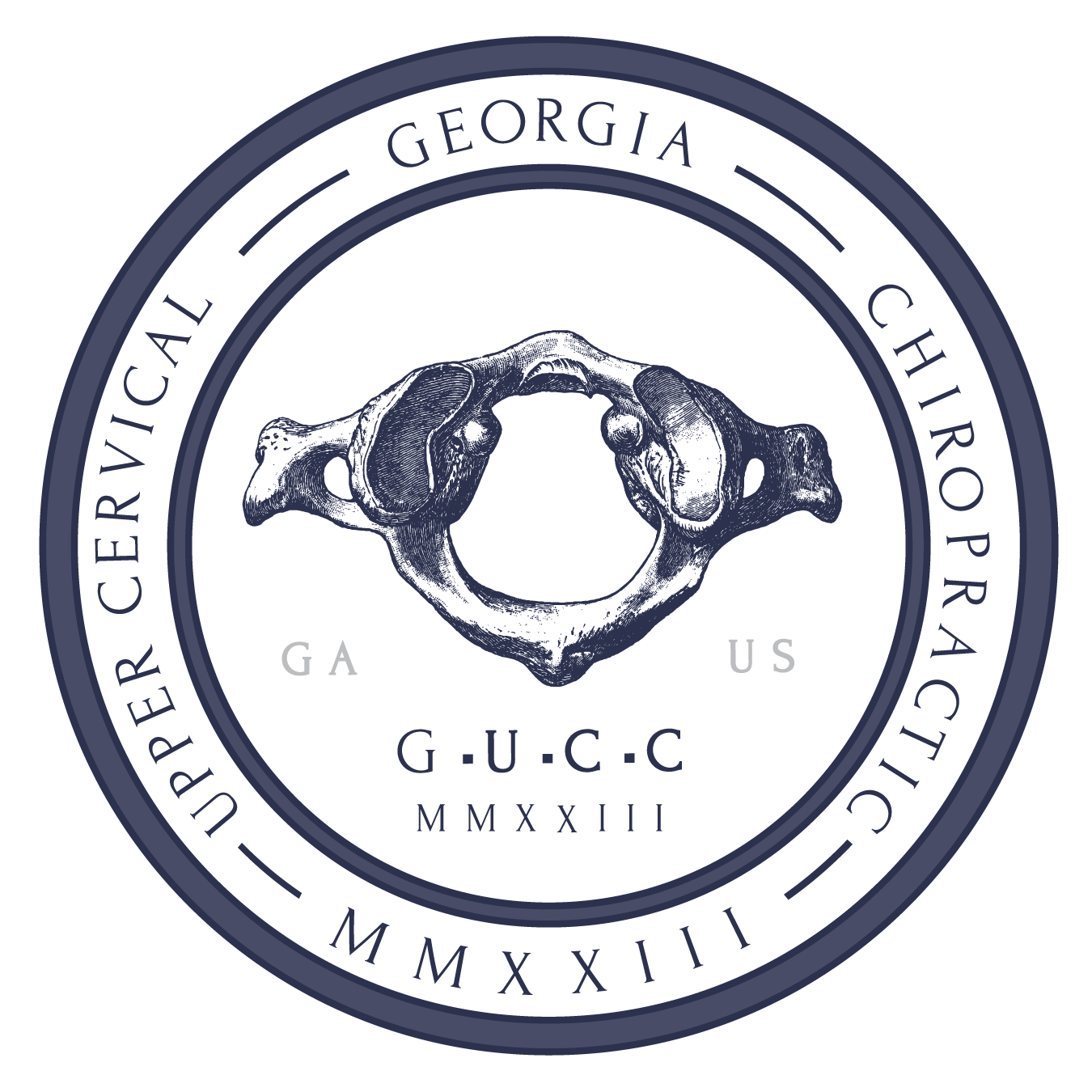Upper Cervical Chiropractic: The best chiropractic treatment?
It’s not just you…
Finding a high quality chiropractor is damn near impossible. You look around only to find the chiropractor over there is playing with quantum energy wands (I do not endorse this by any means). Next the guy across the street tries to upsell you on a $5000 care plan and says you need to come into the office 3x/week until you’re dead.

It is infuriating when all you want is transparent and ethical chiropractic care to help solve your health issues and you keep falling short because of:
Fear mongering mixed with bait and switch sales strategies
Outdated and antiquated chiropractic healthcare education
Some whacko quantum energy philosophy that smells like bullshit
Upper cervical chiropractic care, in my opinion, has helped to right the ship of “woo woo” chiropractic care.
Let’s dive in….
What are the different Upper Cervical Care techniques?
Atlas Orthogonal
Advanced Orthogonal
The Roles and Responsibilities of an Upper Cervical Chiropractor
Do no harm
Rule out red and yellow flags
Determine if the patient is a candidate for care
Correct atypical and abnormal spinal misalignment that may be causing abnormal loading patterns to some of the skeletal tissues
Monitor the stability and encourage the patient to get back to regular daily activities as quickly as humanly possible.
As soon as you took the letter’s Dr. and put them in front of your name, you lost the ability to plead ignorance. It is your responsibility to stay up to date on the latest evidenced based research and best practices when it comes to taking care of the patient.
Upper cervical doctors should assess yellow flags as they can heavily influence the clinical decision making tree. Yellow flags, are largely psycho-social factors. Think depression, anxiety, significant lack of sleep due to pain, not feeling in control over their situation.
How Important is the Upper Cervical Spine?

Try breaking your upper neck and see how much longer you live… I am kidding but the point still stands. The upper cervical spine is essential to our health and keeps our bodies functioning! Receiving an injury to this area can be catastrophic and effect the entire spine.
If you were alive, you saw what happened to the beloved American actor, Christopher Reeves. Reeves was thrown off his horse and landed on his head shattering his C1 and C2 vertebrae. This injury left him a quadriplegic. Unfortunately, his overall health declined and his nervous system shut down, eventually passing away.
Anatomy of the Upper Cervical Spine
The structure and function of the upper cervical spine make it one of the most complex and unique joints in the entire body. The atlas, which plays a critical role in stabilizing or cradling the head, has a significant influence over posture and the body’s nervous system. Additionally, the atlas articulates with the occipital condyles and allows for primary movements of cervical flexion and extension.
The weight and force of the head is then transferred through the atlanto-axial surface of C2 or the axis bone. The dens, a vertically oriented bony structure of the axis, sits behind the posterior aspect of the anterior arch of C1. These two bones work together and allow for up to 50 degrees of rotational movement of the head.
The suboccipital muscles
This group of small muscles is located at the base of the skull, specifically between the occipital bone and the first two cervical vertebrae (C1 and C2). They play a pivotal role in the fine-tuned movements and stability of the head and upper cervical spine.
There are four suboccipital muscles, two on each side:
Rectus capitis posterior major: Originates from the spinous process of the axis (C2) and inserts into the occipital bone, just lateral to the midline.
Rectus capitis posterior minor: Originates from the posterior tubercle of the atlas (C1) and inserts into the medial part of the occipital bone, near the midline.
Obliquus capitis superior: Originates from the transverse process of the atlas and inserts into the occipital bone, between the two rectus muscles.
Obliquus capitis inferior: Originates from the spine of the axis and inserts into the transverse process of the atlas.
Suboccipital Muscle Function:
These muscles primarily serve to extend and rotate the head. They are particularly important for the subtle movements and control needed in activities such as looking upwards or tracking moving objects with the eyes.
Unique Property: Muscle Spindles:
The suboccipital muscles are known to have a very high concentration of muscle spindles compared to other muscles in the body. This unique property suggests a specialized function: Muscle spindles are sensory receptors located within muscles that detect changes in muscle length and the speed of length changes. These receptors play a vital role in the body’s proprioceptive system, which provides the brain with information about body position and movement.
Fine-tuned movements: Given their location, the suboccipital muscles are integral for the precision of head and eye movements. The high concentration of muscle spindles allows for more accurate feedback to the central nervous system about the position and movement of the head.
Proprioception: These muscles are essential for proprioceptive feedback about the position of the head relative to the rest of the body. This feedback is crucial for maintaining balance, coordination, and spatial orientation.
Reflex actions: The high density of muscle spindles can contribute to quick reflex actions, especially when responding to disturbances in balance or sudden changes in head position.

Dentate Ligament Theory
The dentate ligament hypothesis offers a mechanism whereby the effects of misalignments in the upper cervical vertebrae via the dentate ligaments, produce mechanical distortions to the spinal cord. This may have negative effects on the central nervous system, i.e. the brain stem and spinal cord, causing:
Neck Pain
Numbness & Tingling (Arms, hands, legs and feet)
Occipital Neuralgia
Vertigo & Meniere’s Disease
Headaches and migraine’s
Correcting the upper cervical misalignment may reduce any mechanical tension from these dentate ligaments and allow for optimal brain stem function.
Myodural Bridge
The myodural bridge (MDB) is a connective tissue structure that links the suboccipital muscles, particularly the rectus capitis posterior minor (RCPmi) and the obliquus capitis inferior (OCI), to the dural mater of the spinal cord in the upper cervical region.
This connection suggests that the suboccipital muscles might play a role not only in movement and stabilization of the cervical spine but also in influencing the tension and positioning of the dura mater.
The significance of the MDB to the upper cervical spine lies in its potential implications for cerebrospinal fluid (CSF) flow and intracranial pressure. Changes or dysfunctions in this region, possibly due to trauma or muscular tension, could affect the mechanics of CSF flow, potentially leading to neurological symptoms.
Therefore, the MDB’s presence emphasizes the intricate relationship between the musculoskeletal and central nervous systems in the upper cervical region.
The Impact of the Upper Cervical Spine
The neurophysiology of the Upper Cervical Spine and it’s effects on the body should not be ignored. Upper cervical chiropractors focus on and study this sensitive area directly and understand it’s impacts on the central nervous system, or the brain stem and spinal cord.
What Conditions can Upper Cervical Chiropractic Help?

Neck pain
Low Back Pain
Headaches and Migraines
Fibromyalgia
Vertigo & Meniere’s Disease
Facial Pain/ Trigeminal Neuralgia
Occipital Neuralgia
Post Concussion Syndrome
Disc Bulges & Herniations
Numbness and Tingling (shoulders, arms, hands, legs, feet)
Sciatica
TMJ Disorders
Poor Posture
Anxiety and Depression
How Does Upper Cervical Chiropractic Care Differ From Traditional Chiropractic?
Objective metrics to guide decisions (not reliant on motion palpation)
Focus is on Head-Neck Alignment, primarily but not exclusively.
Typically patients will be seen ⅓ the time seen at traditional chiropractic offices (at least here at our offices)
Precise and gentle instrument assisted corrections, no twisting, popping or cracking (at least for the head and neck)
The Benefits of Upper Cervical Chiropractic Care Can actually be managed with traditional chiropractic or your primary care physician, or PT.
There are two components of Upper Cervical chiropractic care that distinguishes itself from traditional chiropractic care:
1) The Analysis
2) The Adjustments
The analysis
Typically, there are 3 x-rays of the head and neck, each taken in a specific direction, to get a 3-dimensional understanding of how the patient’s head and neck is positioned.
The x-rays also tell us:
1) The size and complexity of the misalignment
2) The current state and condition of the spine
3) The exact method and direction to correct that individual’s misalignment
The adjustment
The delivery of the adjustment is the second primary difference between traditional chiropractors and upper cervical chiropractic. Many patients love the fact that upper cervical care does not involve twisting, popping, or cracking. This manipulation style is not required to create strength and stability in the upper neck.
Another treatment difference, is that after the upper cervical doctor performs the chiropractic procedure, patients are encouraged to rest.
Diagnostic Tests and Treatment Approaches
Review of Pain Neuroscience Concepts (this is extremely important for chronic pain patients)
Leg Checks, Neck Scanning Palpation, FPD
Cervical and Lumbar ROM
Postural Assessment
Provide Additional Objective Testing and Data driven procedures
Grip Strength
Step Test
Tindeq Muscle strength
OAT’s
3D x-ray analysis to provide a 3 dimensional representation of how the head is attached to the neck: 1) Size and Complexity, 2) Current State and Condition of the spine 3) How we are going to be able to correct it.
How to Find a Qualified Upper Cervical Chiropractor
Make sure that they are “board certified” in their technique
Do they use hand or instrument adjusting? Im biased towards an instrument.
What does their typical care plan look like? Is it a $29 special to get you in the door and then they slap on a $4,000-$5,000 care plan that’s roughly 30-50 visits and starts at 3x/week for the first 6-12 weeks? All this after scaring you to pieces and telling you that you have the spine of an 80 year old? Do yourself a favor, and move on from them.IMO, that’s unethical and a cookie cutter approach typically pushed by business coaches in the space without much, if any clinical merit. In marketing they call that upselling. Look it up.
Do they track outcomes and use outcome assessment tools? What objective data are they tracking on each visit?
- Do they use fear mongering and hyper prevention tactics? Be skeptical….


